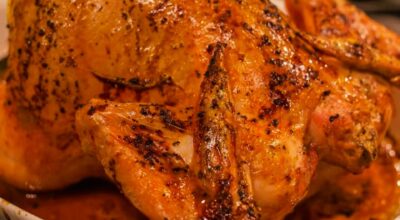Building of the last dhow fascinating process
Published 3:21 pm Wednesday, March 17, 2021
By John Nelson
Panolian Columnist
Materials like aluminum and fiberglass offer lower construction costs and more economical maintenance than wood, so they are now primarily used in boat construction.
But there are still those who appreciate wooden boats, and though declining in number, boatyards remain world wide that build them using the traditional methods unique to the area.
The Arab dhow has a history that goes back for centuries and is certainly one of the most enduring wooden boats, and I was fortunate enough some years ago to get the opportunity to see one under construction in a boatyard in Bahrain in the Persian Gulf.
With 24 hours to kill between flights, I was looking for something to do when an article in the “Gulf Daily News” caught my eye.
The column recalled the golden era of dhow building on the island and lamented that of the more than thirty boatyards that had existed as late as the early 1900’s, only two remained, and one of those was building its last dhow before closing.
I found a cab driver who spoke English and headed to the yard with no real plan of how I would gain entry, but I did know that asking permission to do something in the Middle East is like asking your mother if you can go barefoot on the first warm day in spring – best to just do it.
The bold approach worked. The yard manager was caught by surprise without a ready answer of why I couldn’t enter. He said he would call the owner, but meanwhile he hooked me up with an elderly Indian who was the master boatwright, and I retained the cab driver as an interpreter and to provide a quick exit if required.
Arabs built their own dhows until things began to change with the discovery of oil in the 1930’s. Oil revenues led to a higher living standard and left fewer Arabs willing to do this kind of work. Eventually, boat builders were brought in from India and Pakistan.
Employing boatwrights from the sub-continent seems appropriate since some evidence suggests that the dhow evolved from an earlier Indian design. And the highest quality teak – the heart and soul of dhow construction – comes from India.
Teak is a strong, durable wood that is easy to work with hand tools, but most important is the oil contained in the heartwood. The oil waterproofs the wood and makes it resistant to insects and decay. Because of the long-lasting quality of teak, there are dhows said to be nearing 150 years of service.
Its desirability has also made teak scarce and expensive, and after India put restrictions on exports, dhow builders have had to rely on teak of less quality from sources in Africa, Malaysia, and Indonesia.
With the spiraling costs, boats that were once the workhorses of the fishing, pearling and trading industries have become yachts for the rich or destined for the tourist industry where profits are greater.
An interesting fact about dhow building, or at least construction in the Bahraini tradition, is that hull planks are first fitted around the keel, stem and stern posts and temporarily held in place. The internal framing is then formed, and the planks are nailed to it – a method just the opposite of normal boat construction.
Dhow builders also follow the unique tradition of forming the internal hull supports from naturally-occurring shapes found in trees like crooks, bends and knees. The most useful shape is the crotch where a large limb joins the trunk. With a minimum of work, a crotch can be hewed into a “V” or “U” shape suitable for frames.
Since the internal framing does not normally come in contact with water, wood other than teak is used to reduce the cost of the boat.
The Indian foreman showed me his pile of tree parts that usually provided just the piece he needed for a particular purpose. Since the yard was about to close, the pile had dwindled, and he informed me that all remaining materials would go to the last remaining Bahraini yard at Muharraq where he and his crew hoped to find employment.
After having free reign of the yard for most of the morning, I was with the team of blacksmiths who made the long nails and all the other metal fittings required by the yard, when I noticed that the manager was pointing in my direction and talking with a man who was obviously the owner.
I feared that my tour might be coming to an end, so I climbed back on board the dhow and had my driver snap a quick photo. And then as we made for the gate, I stopped to shake the owner’s hand and to thank him for the hospitality of his yard crew.
A sign in Arabic outside the gate had caught my eye when we first arrived, and before leaving, I had the driver translate it for me. It was a quote usually attributed to yacht designer L. F. Herreshoff, and it has become the universal slogan for all wooden boat lovers. “If God had meant for us to have fiberglass boats, he would have planted fiberglass trees.”






